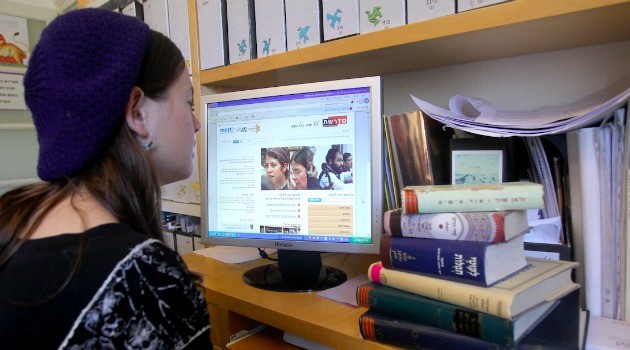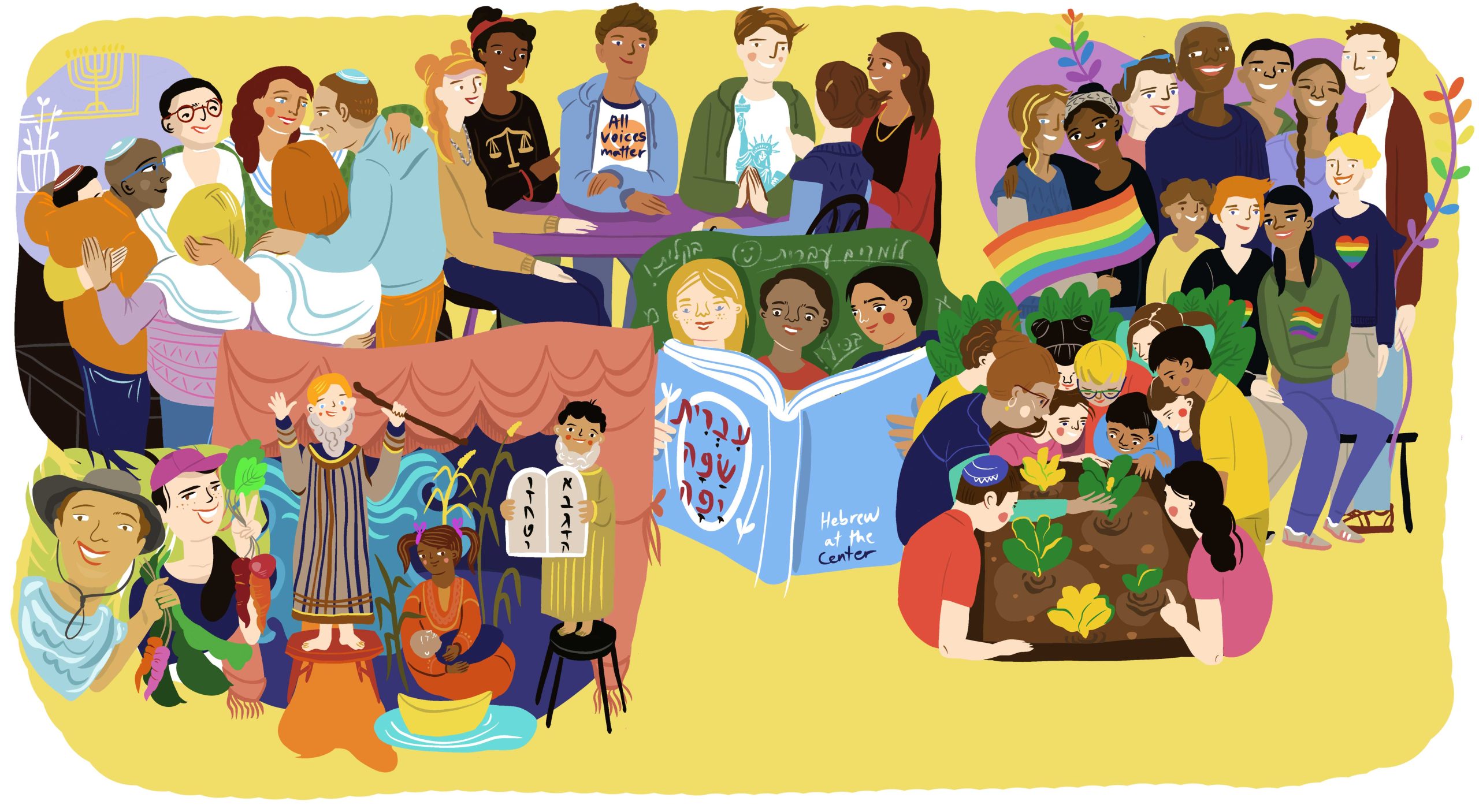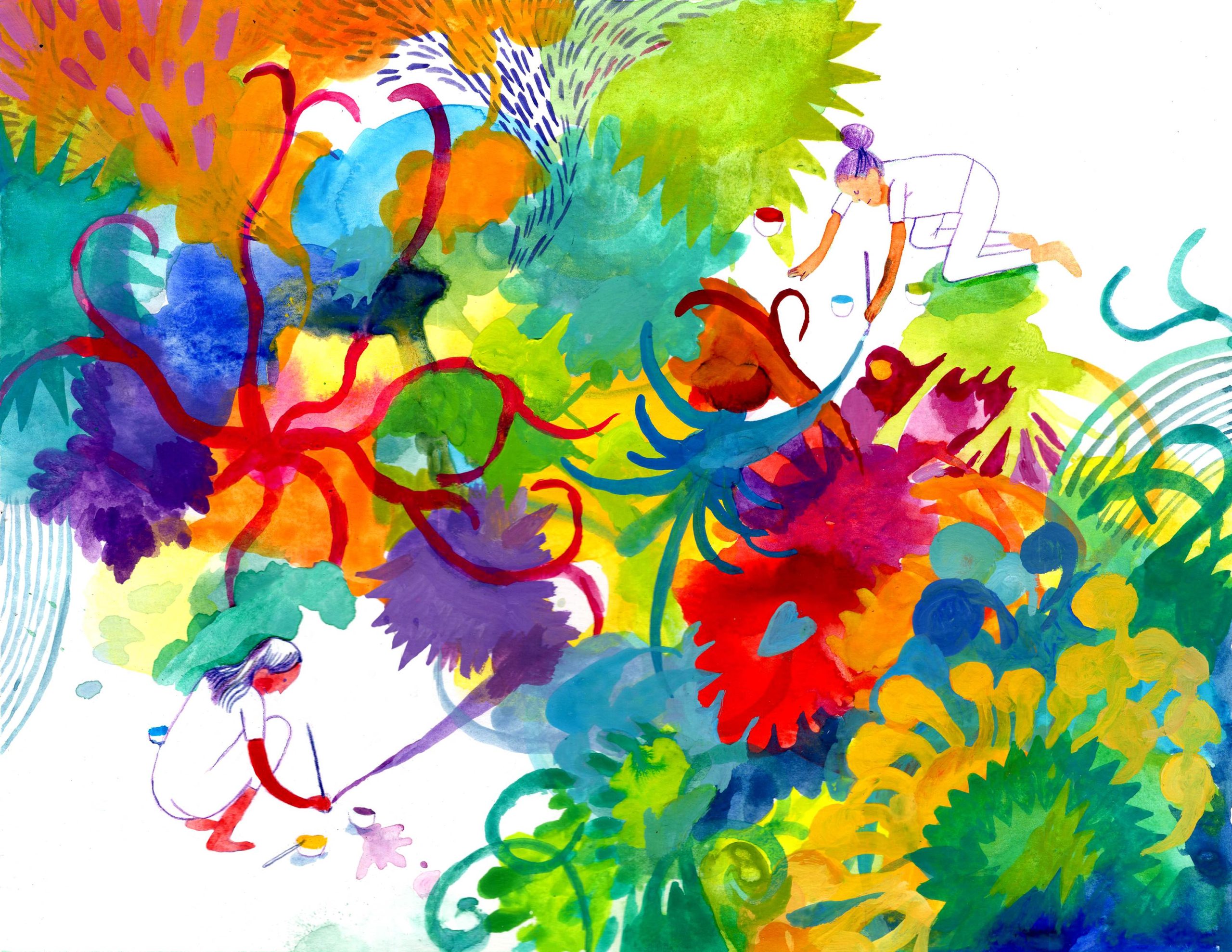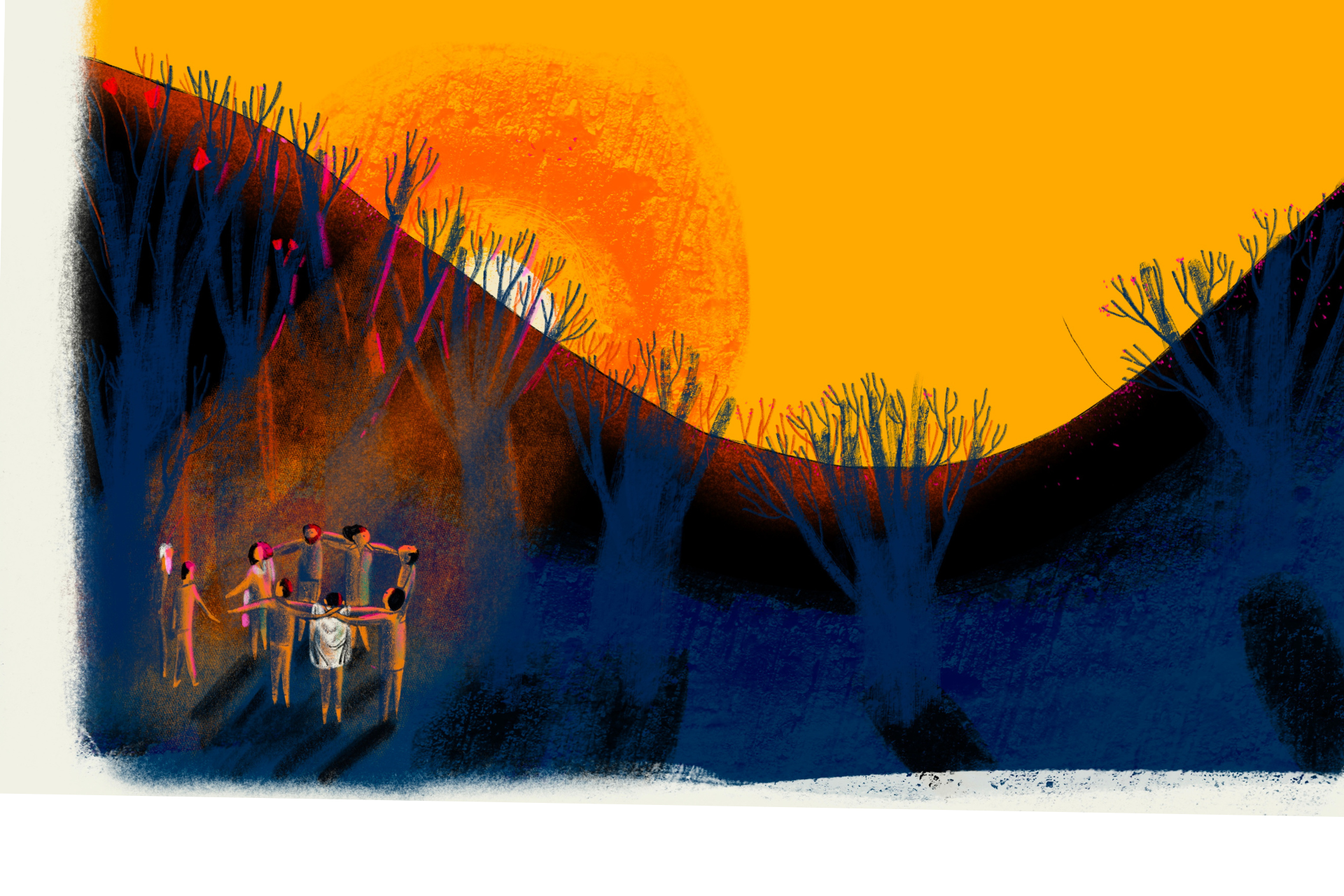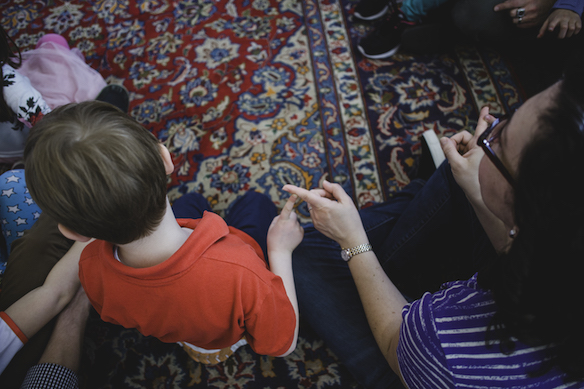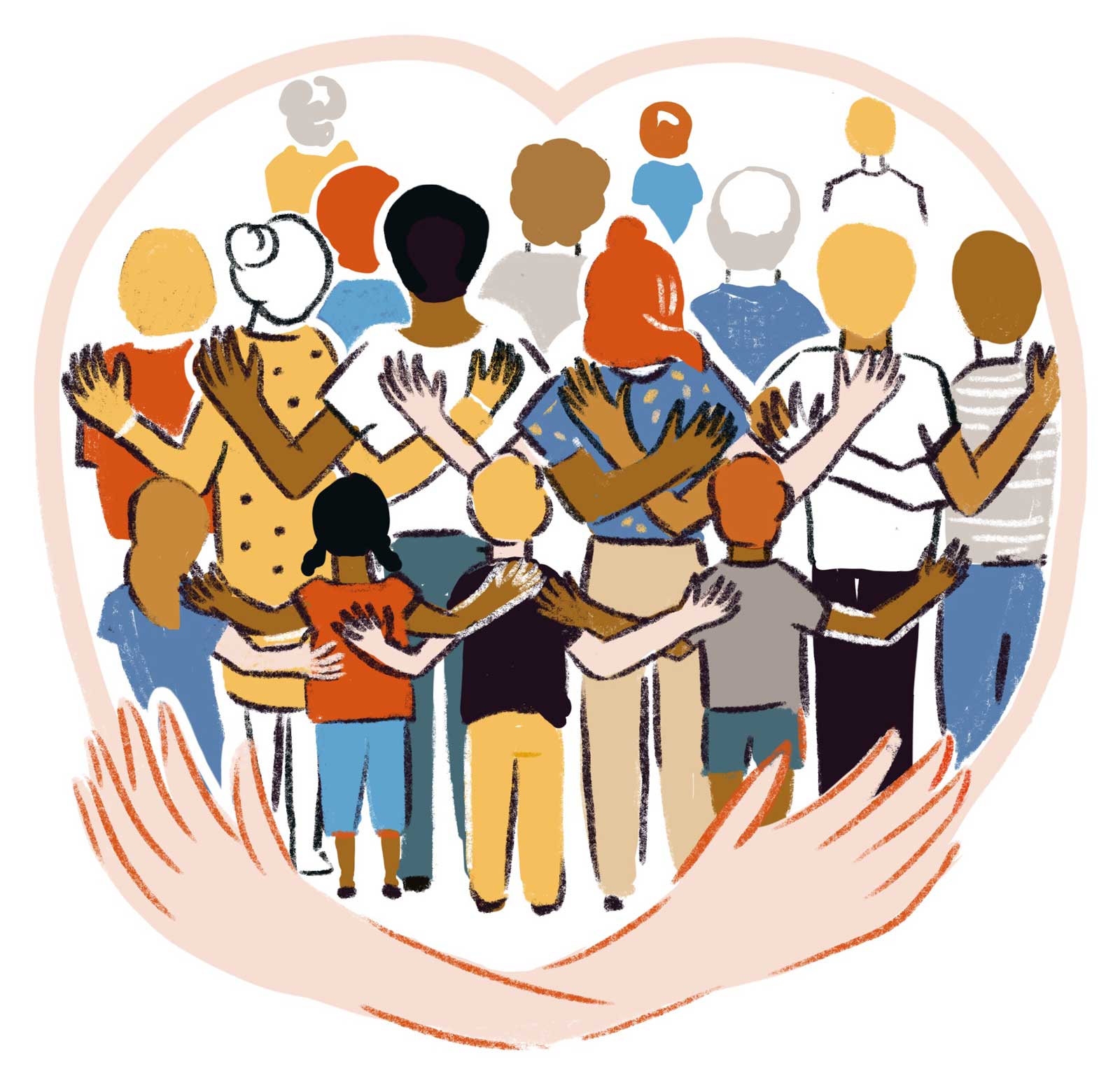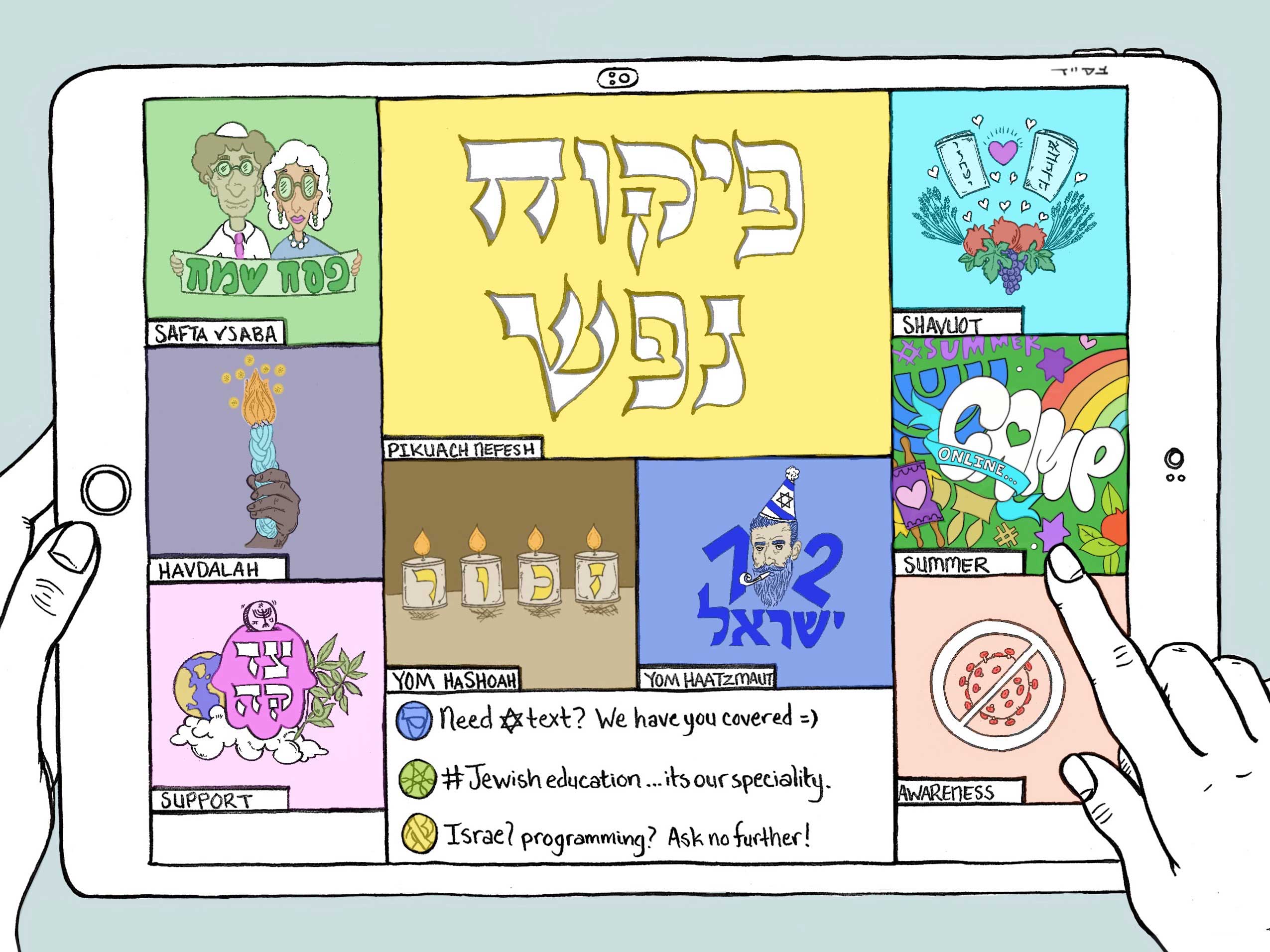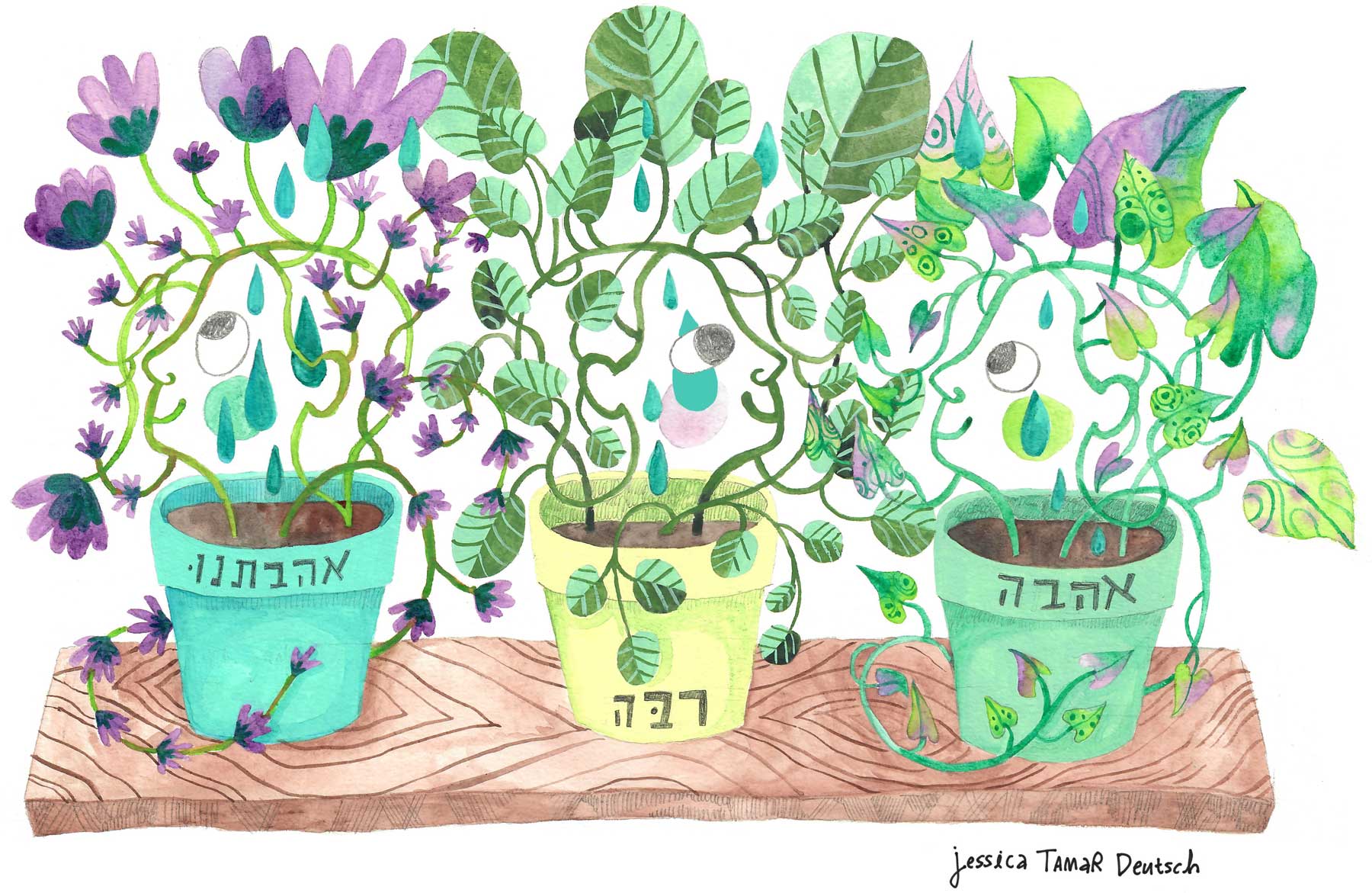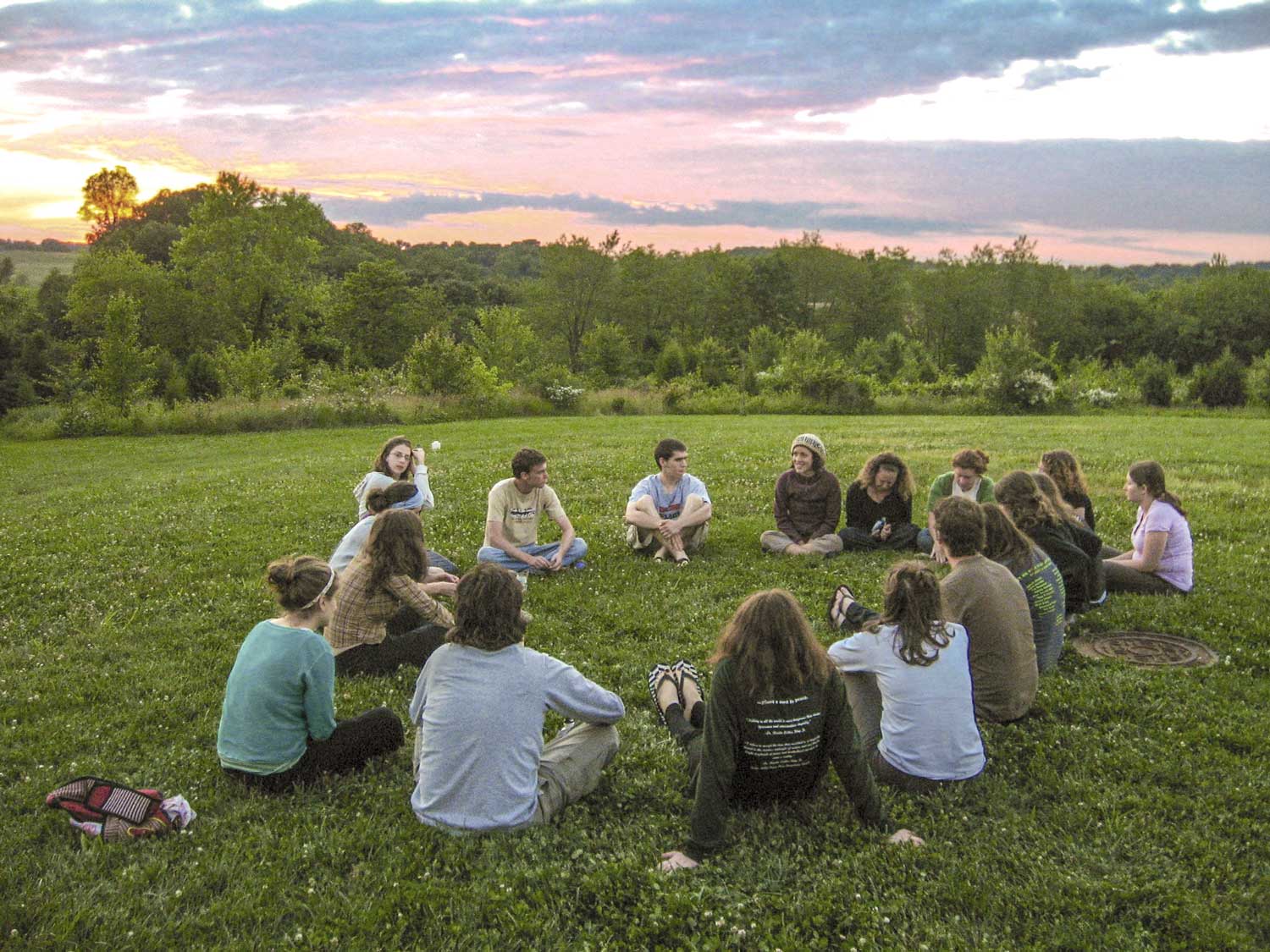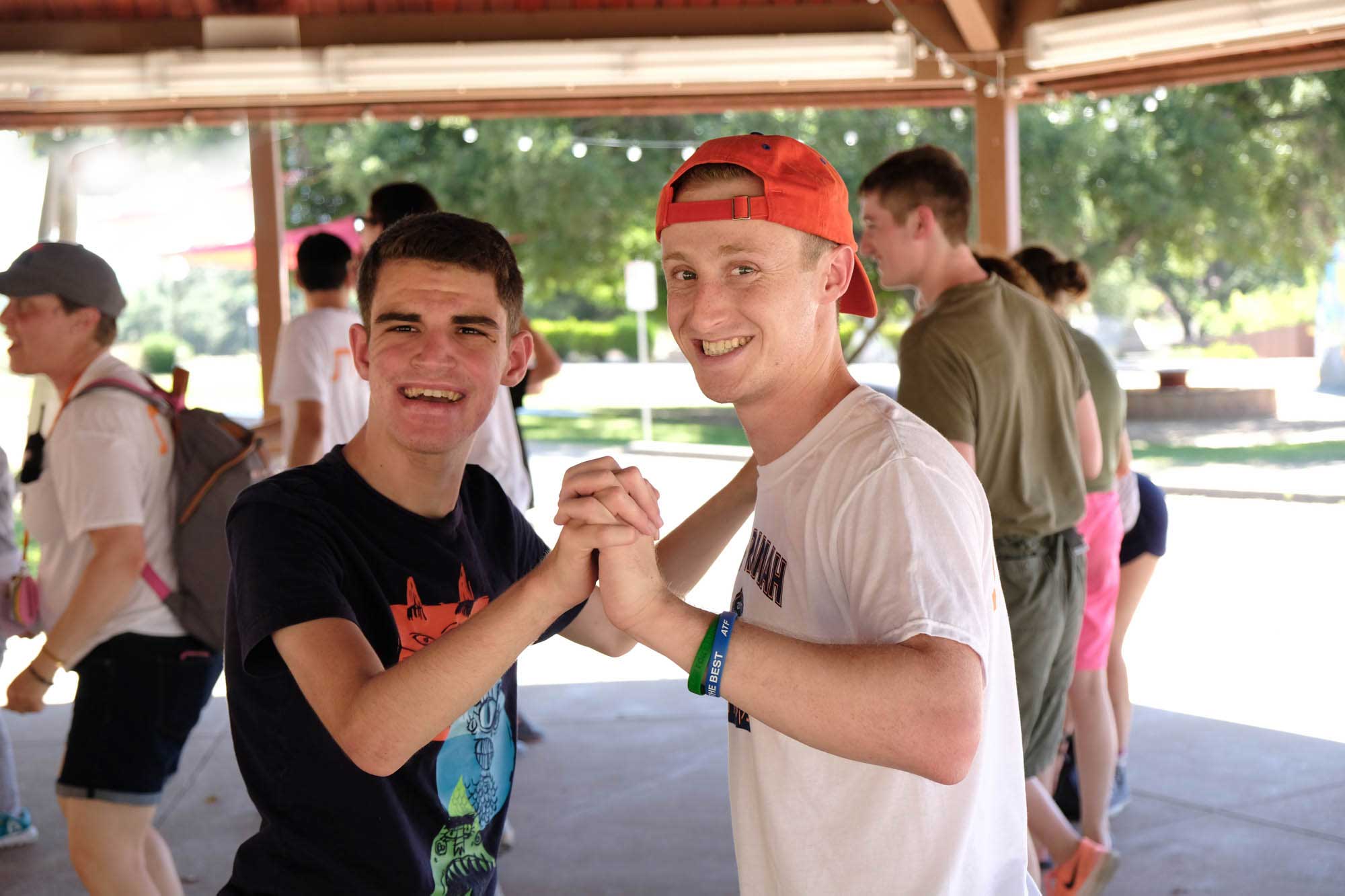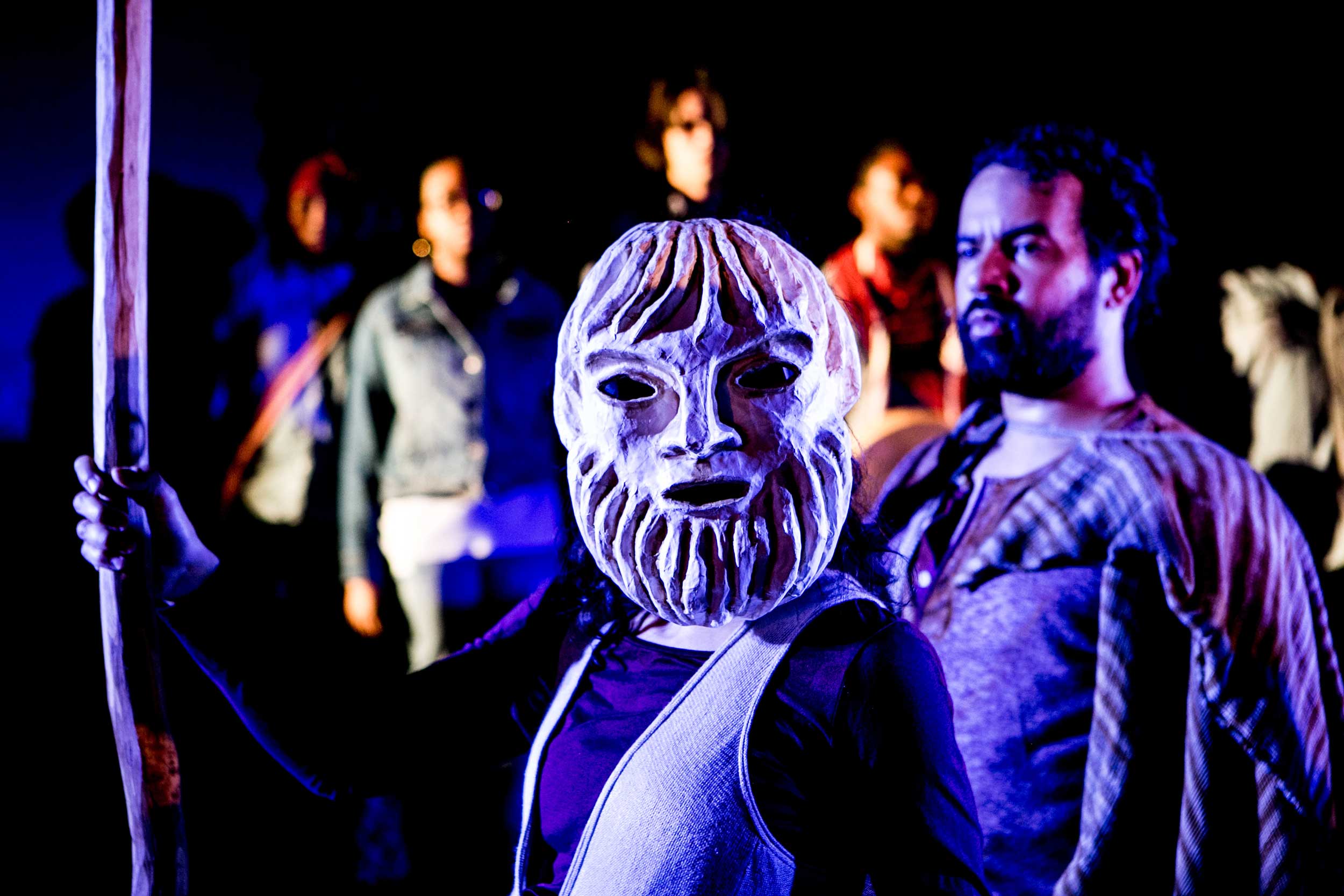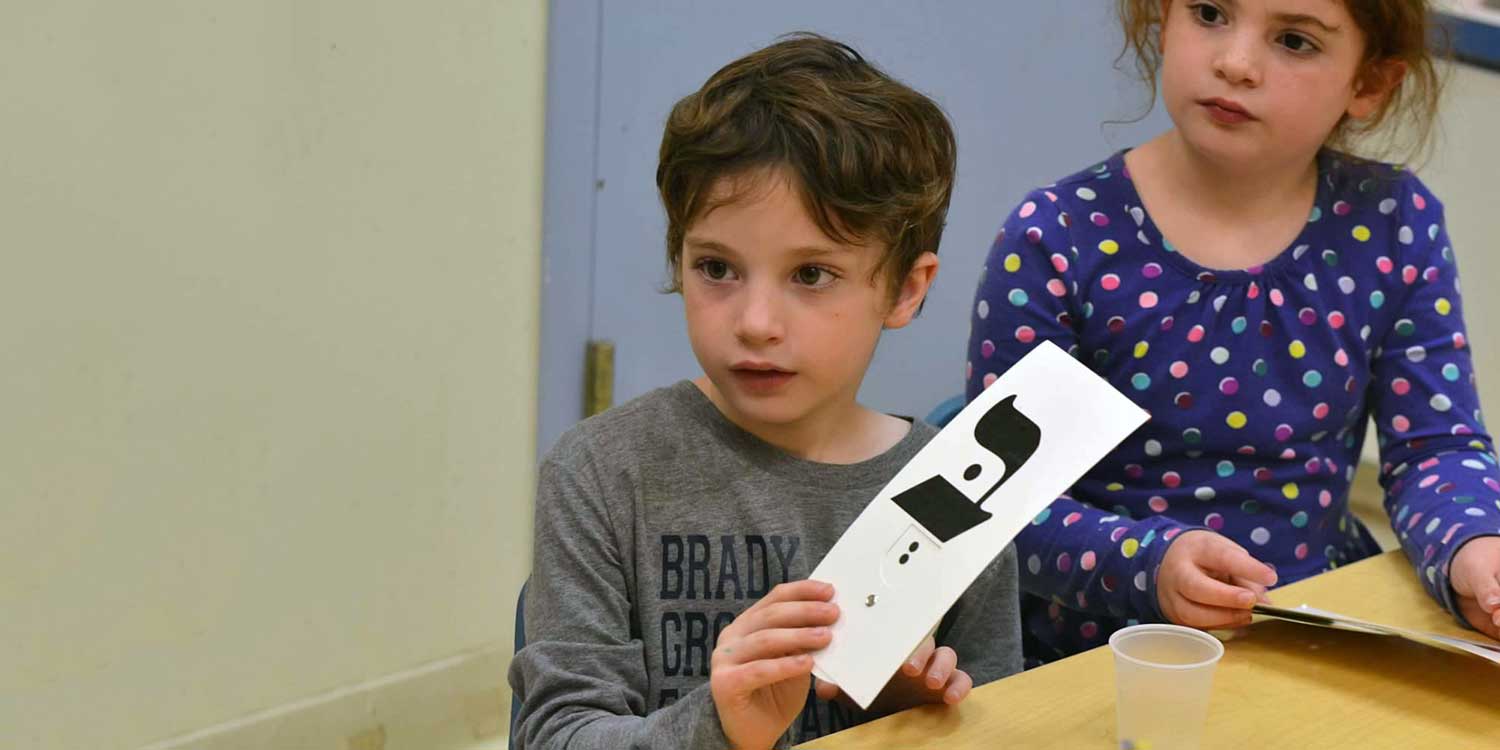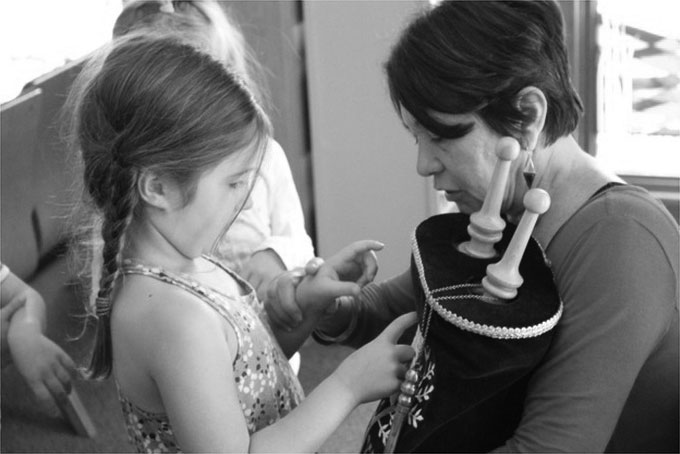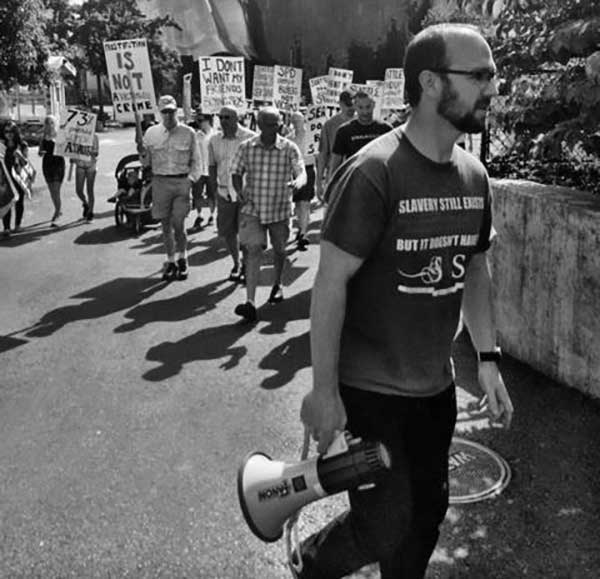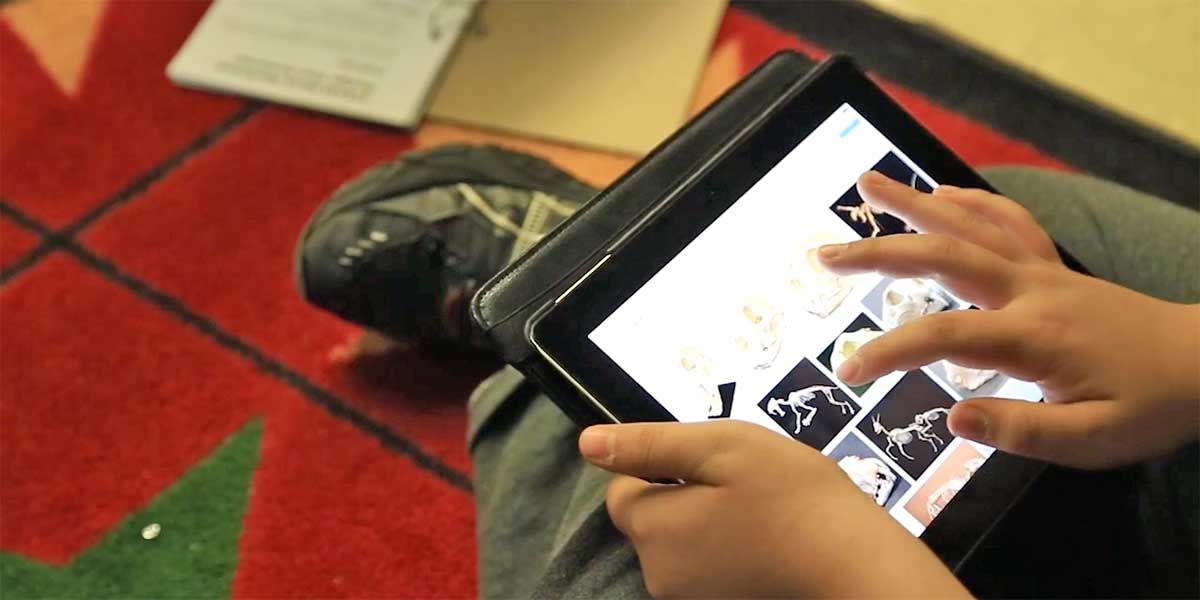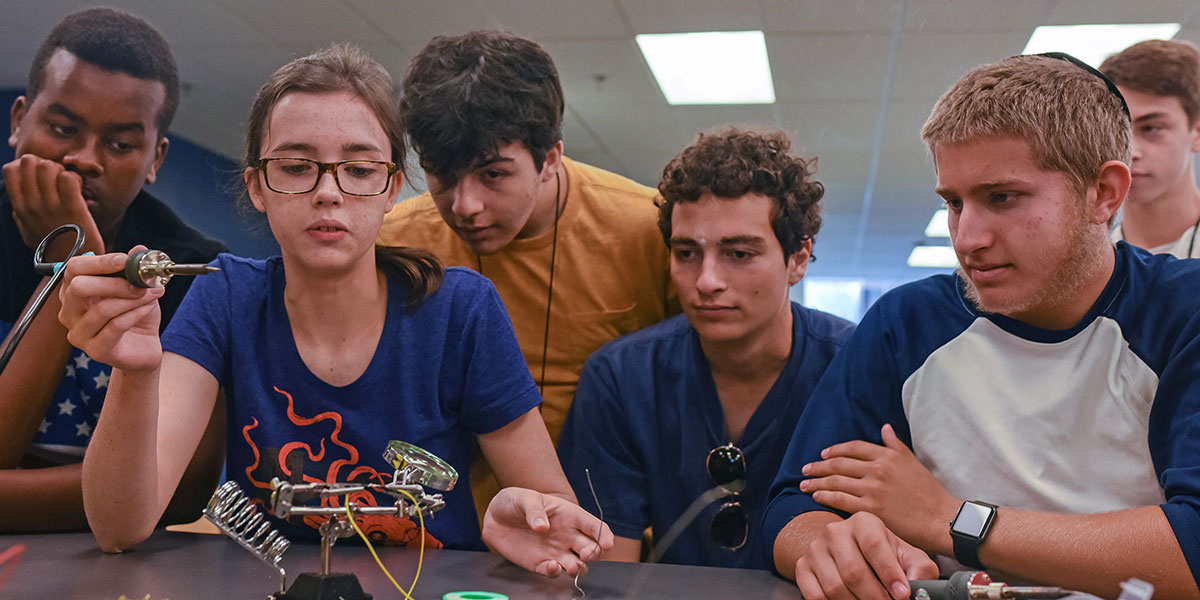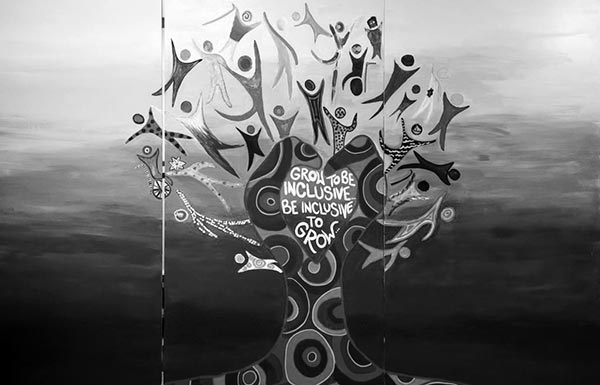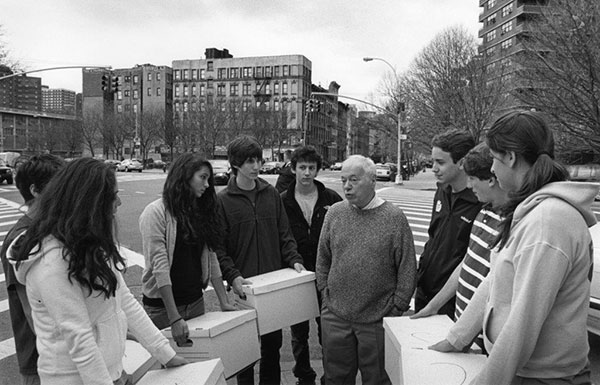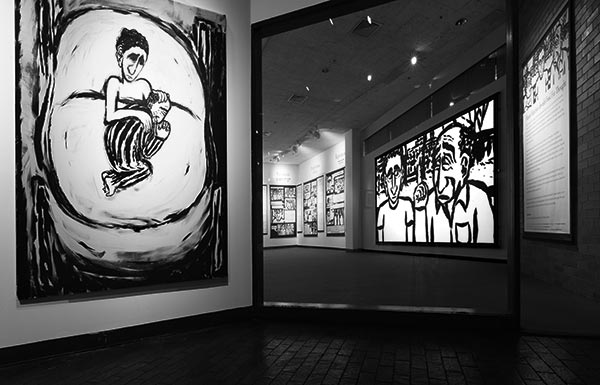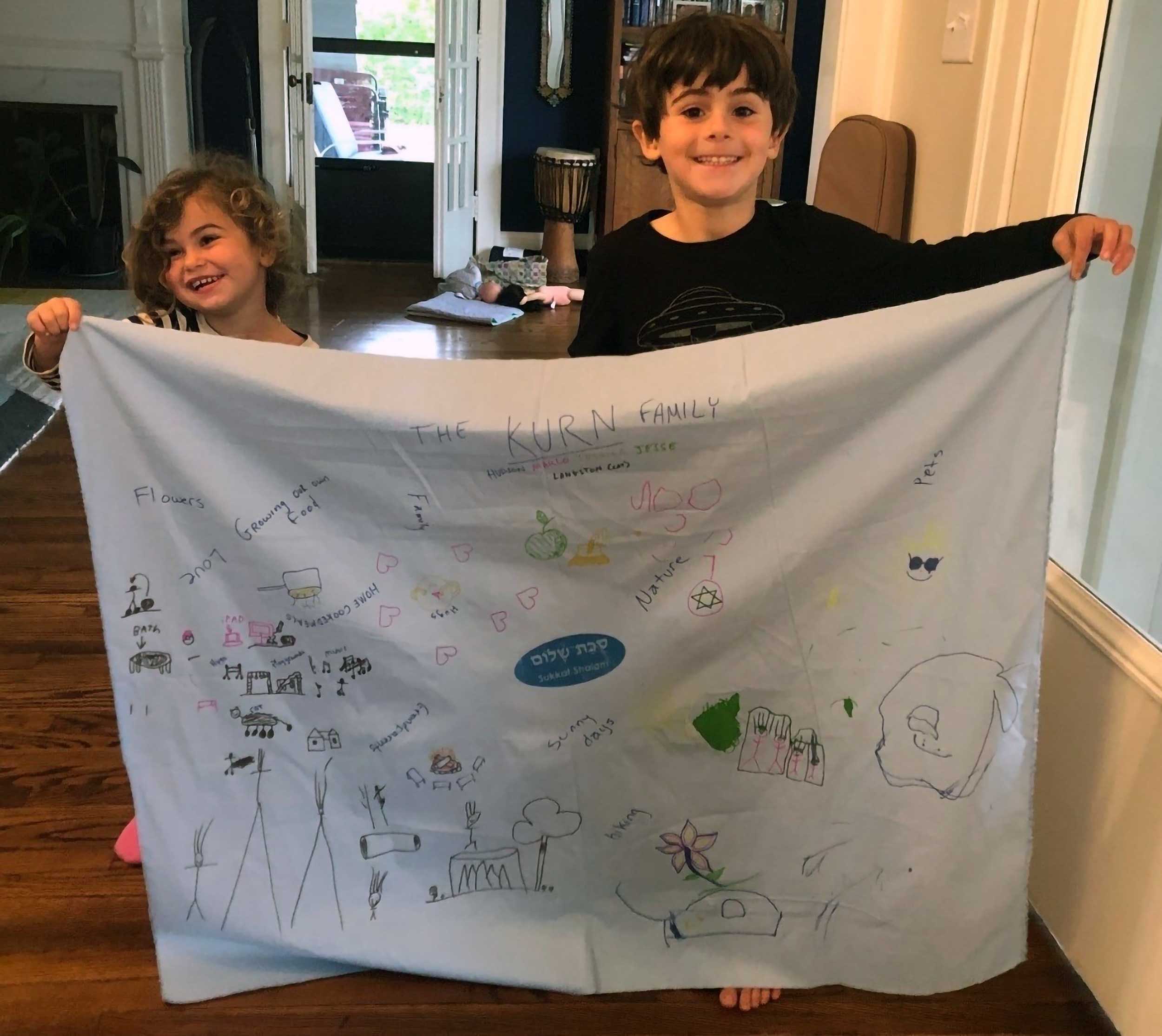
ARTICLE La-Bri’ut: The JECC’s Free Jewish Learning Curriculum Reaches Thousands of Students
Nachama Moskowitz, Director of Curriculum Resources and Early Childhood at the Jewish Education Center of Cleveland, keeps a note with these words taped to her computer screen:
“Jewish education as the process of becoming, in dialogue with Jewish tradition.” The focus of this process should be “students’ growth and development as human beings,” Moskowitz explained.
When the COVID-19 pandemic hit, Moskowitz knew she needed to offer a Jewish educational response to the stress, isolation, and uncertainty burdening students and families.
“I wondered how Jewish learning could map onto people’s actual needs,” she said. “How could we take care of the kids, parents, directors, and educators?”
The answer was La-Bri’ut: To Our Health and Wellness, a new, one-year curriculum for kindergarten through sixth grade designed by Moskowitz and a team of creative and thoughtful educators. Developed last summer and freely available online, the curriculum launched in time for many educators to implement it in the fall of 2020. It includes a plethora of materials for learners and educators, and offers professional development support. More than 220 educational programs have indicated that they are using La-bri’ut, which means that the learning approach has reached more than 10,000 students.
The curriculum combines a strong independent learning component with a weekly online mifgash (gathering) of a cohort of up to 10 students for a 30-minute session. In many cases, educators have chosen to organize the cohorts by family rather than by age or grade—with three or four families learning together, building community, and engaging with the content of each module.
“If a family has a kindergartener and a fifth-grader learning about the same thing, it changes the conversation at the dinner table,” Moskowitz said.
Anchored in Jewish teachings and enriched by a study by Dr. Stevan Hobfoll and colleagues at Rush University Medical Center about the five essential elements of trauma intervention, La-Bri’ut is organized into five modules: sukkat shalom (a shelter of peace), ometz lev (inner strength), g’vurah (using one’s power and strength for good), k’hillah (community), and hesed (loving kindness, tying into hope).
The curriculum draws on different stories from Jewish tradition—from the Bible, Talmud, and other sources—to suggest and illustrate its primary themes. It also pulls from more recent history to reveal examples of people responding to the needs of their time, such as the story of a community in Billings, Montana banding together after an act of hatred in 1993.
“We created a learning approach that focused on what kids need right now,” said Moskowitz. “Yes, I care that students know Moses and Miriam. But what I really want children to remember are the Jewish values like ometz lev—that these Torah heroes used their inner strength when faced with big emotional challenges. Moses hid his face, and he used his ometz lev when he encountered God at the burning bush. Miriam grabbed her tambourine and danced to release energy after escaping the Egyptians and crossing the Sea of Reeds. It’s about giving children the language to talk about inner strength, in dialogue with Jewish tradition, and empowering them to act on it in their own lives.”
In concert with the weekly online gatherings, children expand their at-home learning with age-appropriate activities. For upper elementary school students, this means completing weekly challenges that demonstrate concepts such as: If you take the time to help others, and make it possible for others to help you, there is hope in the world. In the g’vurah module, students are invited to learn and tell the stories of heroes in Jewish history—people who used their strength and power for good—including through comic books and other media. They are welcomed to enter into the stories as protagonists themselves.
Younger elementary school students receive a box of curated, hands-on activities. They work with cloth to make their own shelter of peace; they shake jars of glitter, and then watch the glitter settle, as they use their ometz lev to overcome stress and achieve calm. And, according to their parents and teachers, they develop a new vocabulary—citing the ometz lev of a beloved children’s book character or offering advice to family members (as in, “Mom, you need to use your ometz lev”).
Moskowitz works closely with Cleveland congregations using La-Bri’ut and keeps in touch with others—including via an active Facebook group of Jewish educators—who are adopting the curriculum as well. A major piece of this story, she said, is “the goodness of Jewish educators. People always share, but now it just seems to be different, and more. A lot of people are in this together.”
“Educators embraced La-Bri’ut as a way of thinking about what Jewish learning can look like, not only now, but also in the future,” Moskowitz added. “There are tantalizing hints of what can be, if we can grasp it.”
By Miriam Haier, for The Covenant Foundation
More to Consider
- Where do we start? (ejewish philanthropy, January 2021)
- “La-bri’ut Parents – this is for you!” (overview video)
- Full La’Bruit curriculum guide
- The La-bri’ut theme song
- Five Essential Elements of Elements of Immediate and Mid-Term Mass Trauma Intervention: Empirical Evidence.” Hobfoll, Stevan et. al. [Note from Nachama: See especially the charts beginning on page 302]



